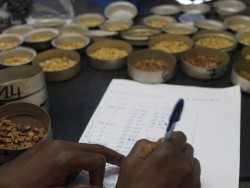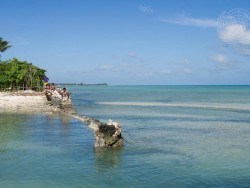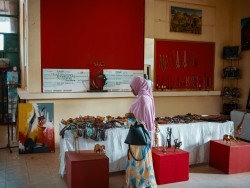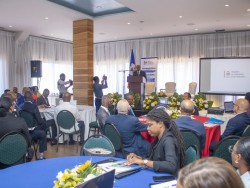Increased capacity and diversification supercharge trade in Burundi
Burundi is a landlocked East African country of some 13 million people, seated at the northeast corner of Lake Tanganyika, one of Africa’s Great Lakes. The country’s geography is dominated by mountains and plateaus, and it shares a border with Rwanda, Tanzania, and the Democratic Republic of Congo. Burundi’s location and moderate climate provide ideal conditions for growing tea and coffee, which account for 70% of its export revenue. Coffee is mainly grown in the central and northern regions, where volcanic soils and rainfall patterns promote excellent quality produce and high yields. The industry provides employment for as many as 800,000 small-scale growers.








